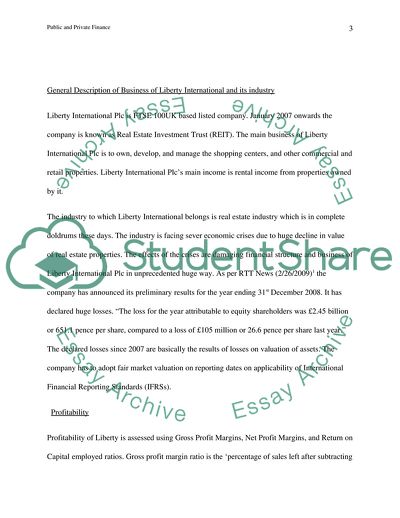Cite this document
(Public and Private Finance of Liberty International Plc Case Study, n.d.)
Public and Private Finance of Liberty International Plc Case Study. Retrieved from https://studentshare.org/finance-accounting/1720967-public-and-private-finance
Public and Private Finance of Liberty International Plc Case Study. Retrieved from https://studentshare.org/finance-accounting/1720967-public-and-private-finance
(Public and Private Finance of Liberty International Plc Case Study)
Public and Private Finance of Liberty International Plc Case Study. https://studentshare.org/finance-accounting/1720967-public-and-private-finance.
Public and Private Finance of Liberty International Plc Case Study. https://studentshare.org/finance-accounting/1720967-public-and-private-finance.
“Public and Private Finance of Liberty International Plc Case Study”. https://studentshare.org/finance-accounting/1720967-public-and-private-finance.


